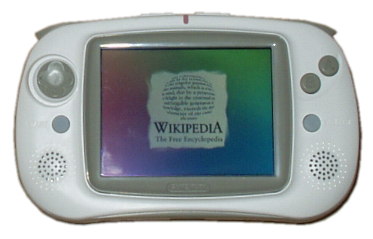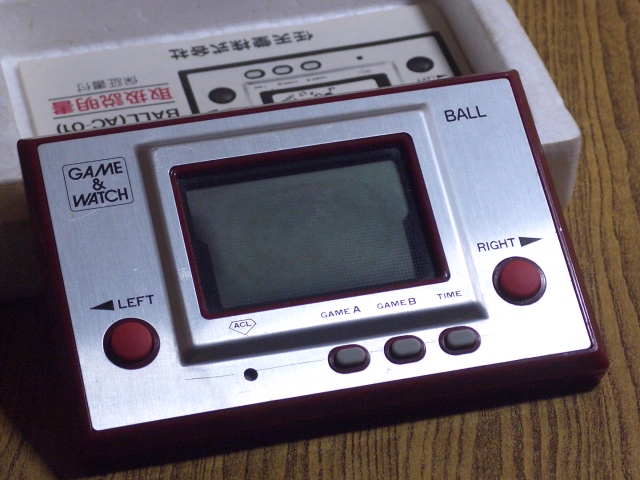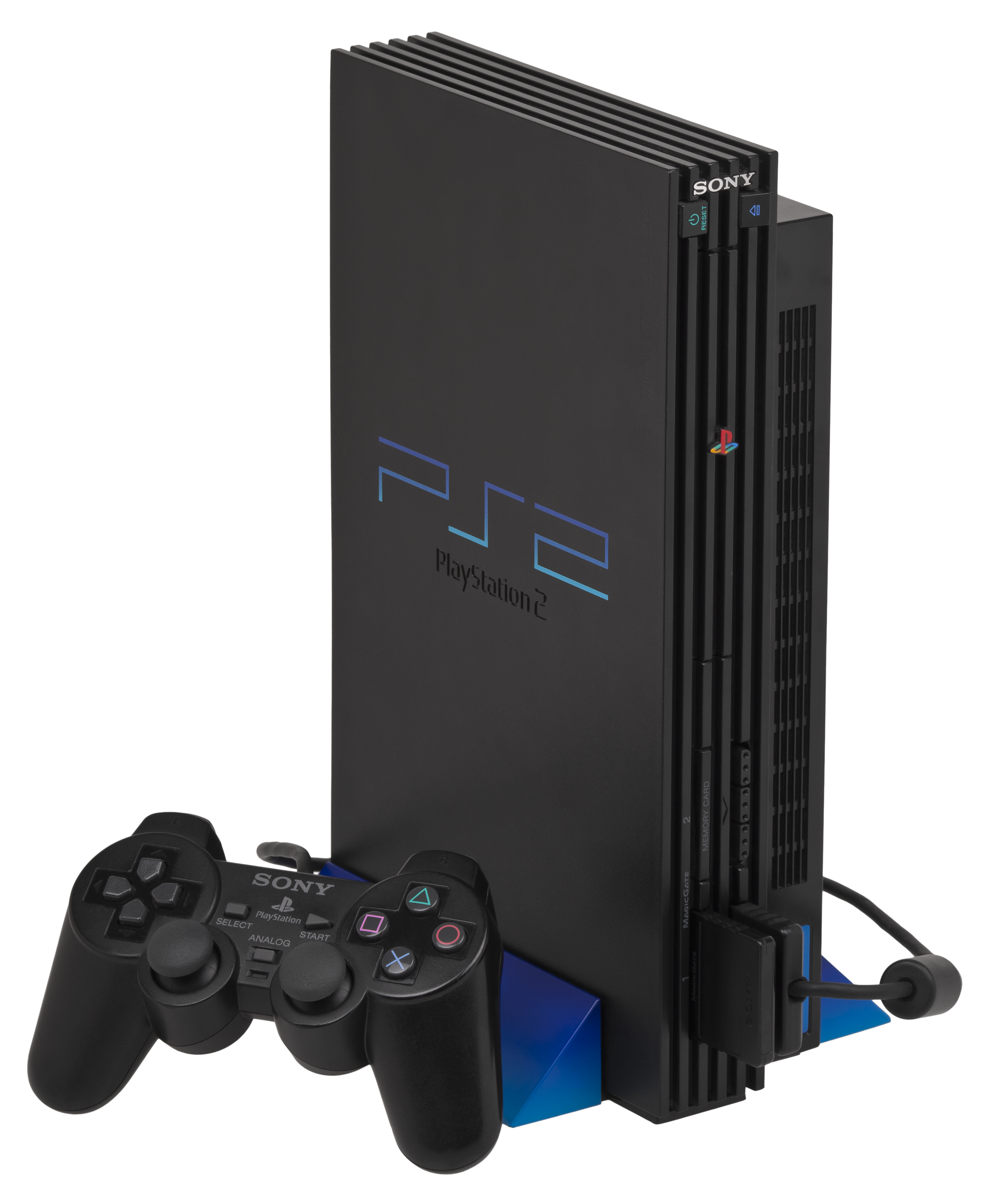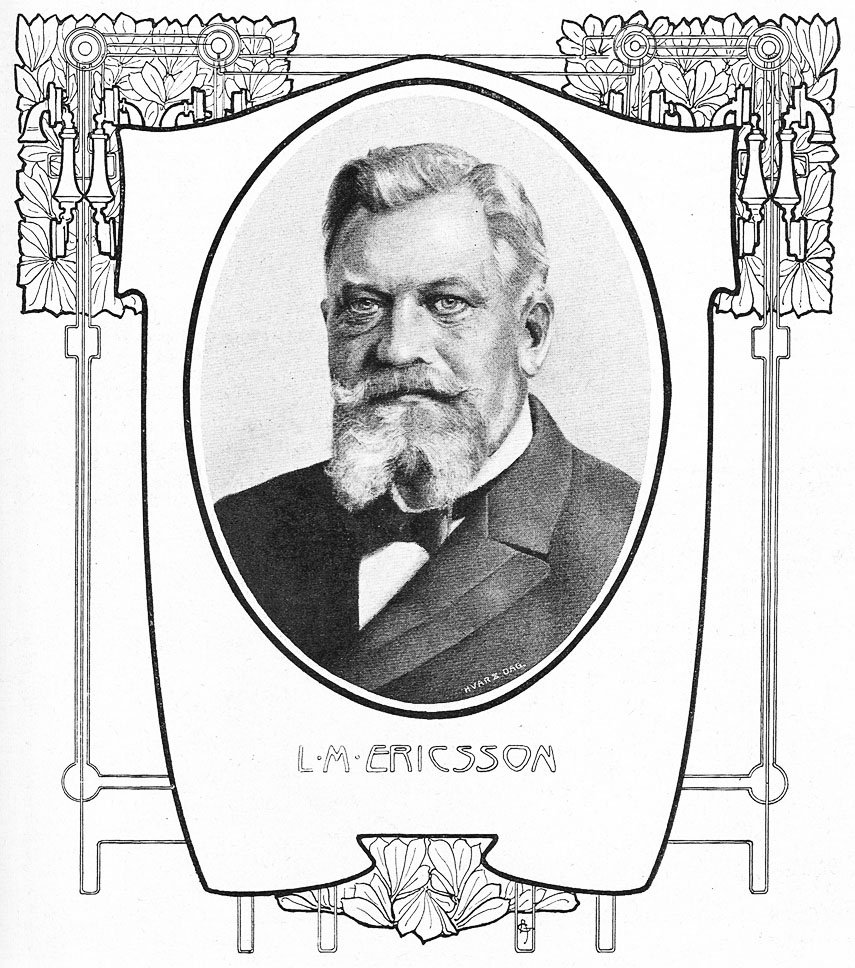|
GP32
The GP32 (GamePark 32) is a handheld game console developed by the South Korean company Game Park. It was released on November 23, 2001, in South Korea and distributed in some parts of Europe. History The GP32 was shown at E3 in 1999, 2000, 2001, and 2002. At one point GamePark produced an unreleased unit with mobile phone functionality. Features The overall design is not unlike the original version of the Game Boy Advance. The GP32 is based on a 133 MHz ARM 9 CPU and 8 MB of SDRAM. Unlike other handheld gaming systems, which tend to be proprietary cartridge-based, the GP32 uses SmartMedia cards (SMC) for storing programs and data, making it accessible for amateur developers as no further development hardware is required. The console has an eight-way microswitch based mini-joystick controller, two main buttons ('A' and 'B'), two shoulder buttons on each side of the SMC slot ('L' and 'R') and two other menu buttons on each side of the screen ('SELECT' and 'START'), mad ... [...More Info...] [...Related Items...] OR: [Wikipedia] [Google] [Baidu] |
Game Park
Game Park was a South Korean company that was founded in 1996 and went bankrupt in March 2007. It is responsible for creating the GP32 and the never-released XGP. GamePark Holdings was founded by former employees of Game Park in 2005. Foundation Founded in 1996 in South Korea, Game Park entered the industry using government money. At the time, games in Korea were only made for PCs and Arcade. There was a law established after World War II that forbid importation of Japanese electronics. Some clones of Japanese consoles such as the Sega Saturn (cloned by Samsung) and Nintendo 64 (cloned by Hyundai) were holders of minor market shares. In a place where most games ran on the PC, a small place resided for video game consoles. To make changes, the South Korean government decided to fund a company that would create a console to compete against the monopolized Japanese market. A contest was held and Game Park was the winning company. Game Park was set to create the first portable vi ... [...More Info...] [...Related Items...] OR: [Wikipedia] [Google] [Baidu] |
GP2X
The GP2X is a Linux-based handheld video game console and portable media player developed by South Korean company GamePark Holdings. It was released on November 10, 2005, in South Korea only. The GP2X is designed for homebrew developers as well as commercial developers. It is commonly used to run emulators for game consoles such as Neo Geo, Mega Drive/Genesis, Master System, Game Gear, Amstrad CPC, Commodore 64, NES, TurboGrafx-16, and MAME. Overview The GP2X was designed to play music and videos, view photos, and play games. It had an open architecture (Linux based), allowing anybody to develop and run software. Also, there was the possibility for additional features (such as support for new media formats) to be added in the future due to the upgradeable firmware. A popular use of the GP2X was to run emulators, which allows one to use software from a video game of another system on the GP2X. History Shortly after the release of the GP32 in 2001, its maker Game Park began ... [...More Info...] [...Related Items...] OR: [Wikipedia] [Google] [Baidu] |
Handheld Game Console
A handheld game console, or simply handheld console, is a small, portable self-contained video game console with a built-in screen, game controls and speakers. Handheld game consoles are smaller than home video game consoles and contain the console, screen, speakers, and controls in one unit, allowing people to carry them and play them at any time or place.Li, Frederick W. B. Computer Games'. . Durham University. Retrieved December 19, 2008. p. 4. In 1976, Mattel introduced the first handheld electronic game with the release of ''Mattel Auto Race, Auto Race''. Later, several companies—including Coleco and Milton Bradley Company, Milton Bradley—made their own single-game, lightweight table-top or handheld electronic game devices. The first commercial successful handheld console was Merlin (console), Merlin from 1978 which sold more than 5 million units. The first handheld game console with interchangeable ROM cartridge, cartridges is the Milton Bradley Microvision in 1979. Ni ... [...More Info...] [...Related Items...] OR: [Wikipedia] [Google] [Baidu] |
Handheld Game Console
A handheld game console, or simply handheld console, is a small, portable self-contained video game console with a built-in screen, game controls and speakers. Handheld game consoles are smaller than home video game consoles and contain the console, screen, speakers, and controls in one unit, allowing people to carry them and play them at any time or place.Li, Frederick W. B. Computer Games'. . Durham University. Retrieved December 19, 2008. p. 4. In 1976, Mattel introduced the first handheld electronic game with the release of ''Mattel Auto Race, Auto Race''. Later, several companies—including Coleco and Milton Bradley Company, Milton Bradley—made their own single-game, lightweight table-top or handheld electronic game devices. The first commercial successful handheld console was Merlin (console), Merlin from 1978 which sold more than 5 million units. The first handheld game console with interchangeable ROM cartridge, cartridges is the Milton Bradley Microvision in 1979. Ni ... [...More Info...] [...Related Items...] OR: [Wikipedia] [Google] [Baidu] |
Frontlight
{{unreferenced, date=March 2008 A frontlight is a means of illuminating a display device, usually a liquid crystal display (LCD), which would otherwise be viewed in ambient light. This improves its performance in poor lighting conditions. An LCD presents an image by absorbing some light passing through it. When an electric field is applied across the crystal, it changes the passing light so it will not pass through a polarization filter. This allows LCDs to operate at low power, as no energy needs to be spent generating light. Many battery-operated electronic devices, including most calculators and other devices use unilluminated LCDs. An unilluminated LCD must be lit from the front. To use ambient light, the liquid crystal itself is sandwiched between a polarization filter and a reflective surface. The mirror makes the display opaque so it cannot be illuminated from the back. Most often a light source is placed around the perimeter of the LCD. Frontlights are relatively uncomm ... [...More Info...] [...Related Items...] OR: [Wikipedia] [Google] [Baidu] |
History Of Video Games (Sixth Generation Era)
In the history of video games, the sixth generation era (sometimes called the 128-bit era; see "bits and system power" below) is the era of computer and video games, video game consoles, and handheld gaming devices available at the turn of the 21st century, starting on November 27, 1998. '' Platforms'' in the sixth generation include consoles from four companies: the Sega Dreamcast (DC), Sony PlayStation 2 (PS2), Nintendo GameCube (GC), and Microsoft Xbox. This era began on November 27, 1998, with the Japanese release of the Dreamcast, which was joined by the PlayStation 2 on March 4, 2000, and the Xbox and Gamecube on November 15 and 18, 2001, respectively. In April 2001, the Dreamcast was among the first to be discontinued. Xbox in 2006, GameCube in 2007 and PlayStation 2 was the last, in January 2013. Meanwhile, the seventh generation of consoles started on November 22, 2005, with the launch of the Xbox 360. The major innovation of this generation was of full utilizatio ... [...More Info...] [...Related Items...] OR: [Wikipedia] [Google] [Baidu] |
SmartMedia
SmartMedia is an obsolete flash memory card standard owned by Toshiba, with capacities ranging from 2 MB to 128 MB. The format mostly saw application in the early 2000s in digital cameras and audio production. SmartMedia memory cards are no longer manufactured. History The SmartMedia format was launched in the summer of 1995 to compete with the MiniCard, CompactFlash, and PC Card formats. Although memory cards are nowadays associated with digital cameras, digital audio players, PDAs, and similar devices, SmartMedia was pitched as a successor to the computer floppy disk. Indeed, the format was originally named Solid State Floppy Disk Card (SSFDC), and the physical design resembles a miniature 3.5" floppy disk. The SSFDC forum, a consortium aiming to promote SSFDC as an industry standard, was founded in April 1996, consisting of 37 initial members. A SmartMedia card consists of a single NAND flash chip embedded in a thin plastic card, although some higher-capacity car ... [...More Info...] [...Related Items...] OR: [Wikipedia] [Google] [Baidu] |
Samsung
The Samsung Group (or simply Samsung) ( ko, 삼성 ) is a South Korean multinational manufacturing conglomerate headquartered in Samsung Town, Seoul, South Korea. It comprises numerous affiliated businesses, most of them united under the ''Samsung'' brand, and is the largest South Korean (business conglomerate). Samsung has the eighth highest global brand value. Samsung was founded by Lee Byung-chul in 1938 as a trading company. Over the next three decades, the group diversified into areas including food processing, textiles, insurance, securities, and retail. Samsung entered the electronics industry in the late 1960s and the construction and shipbuilding industries in the mid-1970s; these areas would drive its subsequent growth. Following Lee's death in 1987, Samsung was separated into five business groups – Samsung Group, Shinsegae Group, CJ Group and Hansol Group, and JoongAng Group. Notable Samsung industrial affiliates include Samsung Electronics (the ... [...More Info...] [...Related Items...] OR: [Wikipedia] [Google] [Baidu] |
Firmware
In computing, firmware is a specific class of computer software that provides the low-level control for a device's specific hardware. Firmware, such as the BIOS of a personal computer, may contain basic functions of a device, and may provide hardware abstraction services to higher-level software such as operating systems. For less complex devices, firmware may act as the device's complete operating system, performing all control, monitoring and data manipulation functions. Typical examples of devices containing firmware are embedded systems (running embedded software), home and personal-use appliances, computers, and computer peripherals. Firmware is held in non-volatile memory devices such as ROM, EPROM, EEPROM, and flash memory. Updating firmware requires ROM integrated circuits to be physically replaced, or EPROM or flash memory to be reprogrammed through a special procedure. Some firmware memory devices are permanently installed and cannot be changed after manufactu ... [...More Info...] [...Related Items...] OR: [Wikipedia] [Google] [Baidu] |
Ericsson
(lit. "Telephone Stock Company of LM Ericsson"), commonly known as Ericsson, is a Swedish multinational networking and telecommunications company headquartered in Stockholm. The company sells infrastructure, software, and services in information and communications technology for telecommunications service providers and enterprises, including, among others, 3G, 4G, and 5G equipment, and Internet Protocol (IP) and optical transport systems. The company employs around 100,000 people and operates in more than 180 countries. Ericsson has over 57,000 granted patents. Ericsson has been a major contributor to the development of the telecommunications industry and is one of the leaders in 5G. The company was founded in 1876 by Lars Magnus Ericsson and is jointly controlled by the Wallenberg family through its holding company Investor AB, and the universal bank Handelsbanken through its investment company Industrivärden. The Wallenbergs and the Handelsbanken sphere acquired their ... [...More Info...] [...Related Items...] OR: [Wikipedia] [Google] [Baidu] |
Gp32-flu
GP3 may refer to: * GP3 Series, an open-wheeler motor racing series launched in 2010 * ''Grand Prix 3'', a racing simulator game * .gp3, format used by Guitar Pro * ''1999 GP3'' or (17055) 1999 GP3, a minor planet See also * Moto3, motorcycle GP class 3 * GPPP, global public–private partnership * 3GP, a file format * * G3P (other) G3P may refer to: Chemistry * Glyceraldehyde 3-phosphate, or 3-phosphoglyceraldehyde * Glycerol 3-phosphate ''sn''-Glycerol 3-phosphate is the organic ion with the formula HOCH2CH(OH)CH2OPO32-. It is one of three stereoisomers of the ester of di ... (other) * GP (other) {{Letter-NumberCombDisambig ... [...More Info...] [...Related Items...] OR: [Wikipedia] [Google] [Baidu] |
Public Domain
The public domain (PD) consists of all the creative work to which no exclusive intellectual property rights apply. Those rights may have expired, been forfeited, expressly waived, or may be inapplicable. Because those rights have expired, anyone can legally use or reference those works without permission. As examples, the works of William Shakespeare, Ludwig van Beethoven, Leonardo da Vinci and Georges Méliès are in the public domain either by virtue of their having been created before copyright existed, or by their copyright term having expired. Some works are not covered by a country's copyright laws, and are therefore in the public domain; for example, in the United States, items excluded from copyright include the formulae of Newtonian physics, cooking recipes,Copyright Protection ... [...More Info...] [...Related Items...] OR: [Wikipedia] [Google] [Baidu] |

.jpg)





